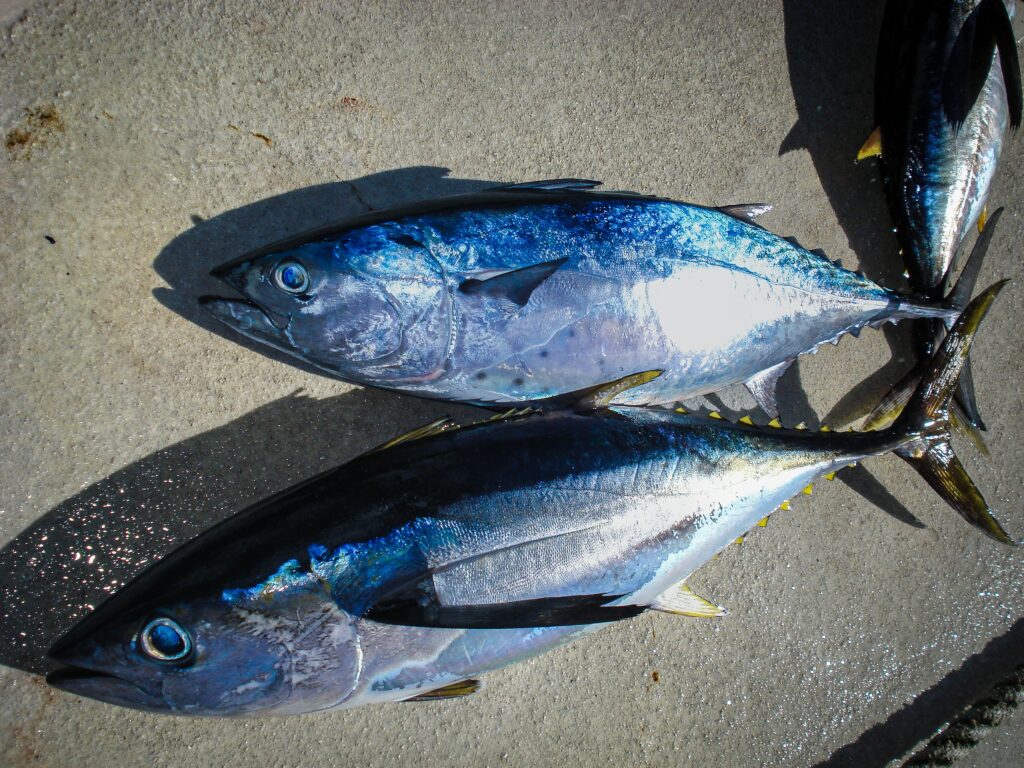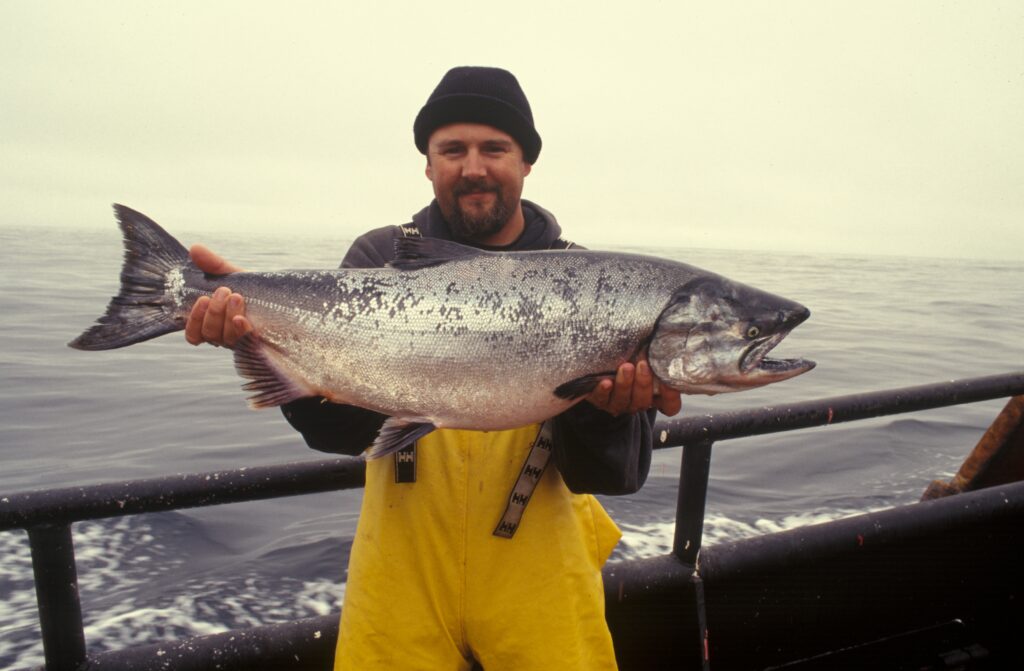DIAG4ZOO offers the fishing and seafood processing industries a species of tuna fish identification service based on meat samples (loin, steak, etc.). This service makes it possible to accurately differentiate between economically important species such as Yellowfin Tuna (T. albacares), Bigeye Tuna (T. obesus) and Atlantic Bluefin Tuna (T. thynnus). This biological analysis is based on certain polymorphism markers associated with the ND4 mitochondrial DNA (mtDNA) gene, and perfectly illustrates the company’s cutting-edge technical expertise in genetics.
Economic Value of Tuna Species

Each species of tuna fish has a distinct economic value on the market. Atlantic bluefin tuna (T. thynnus) is highly prized for its exceptional taste and rarity, making it highly sought after by certain restaurants and sushi lovers. Yellowfin tuna (T. albacares) is a versatile species that is widely available and appeals to a wide range of consumers. Bigeye tuna (T. obesus) is renowned for its fatty flesh and exceptional sashimi quality. Precise identification of each of these species is essential for market pricing, sustainable fisheries management and species conservation initiatives.
Methodology and services
DIAG4ZOO offers a comprehensive service that begins with PCR amplification and genotyping of the SNP (Single Nucleotide Polymorphism) rich region of the ND4 mtDNA gene. Its team uses state-of-the-art equipment and has unique expertise in the selection of genetic markers to ensure accurate distinction of tuna species.
DIAG4ZOO’s methodology and technical skills enable the company to deliver fast, reliable results, enabling its customers to make informed decisions.
PCR Amplification and Genotyping
Using DNA samples taken from tuna specimens, DIAG4ZOO’s technical team uses PCR amplification to target the SNP-rich region of the ND4 gene. Using specific primers identified and selected by the company’s experts, targeted amplification of the informative SNP region is obtained. The amplified DNA fragments are then genotyped by sequencing.
Genotyping involves analyzing SNP profiles in the targeted region of the ND4 gene. By comparing the obtained SNP profiles with known reference profiles, the technical team accurately determines the species identity of each specimen (their genotype), providing valuable data for commercial and species preservation applications.
Results and implications
Thanks to the analysis of the different genotypes and according to their unique specific SNP profiles, a clear differentiation is obtained between each of the tuna species: Atlantic bluefin tuna (T. thynnus), yellowfin tuna (T. albacares) and bigeye tuna (T. obesus).
Commercial and economic applications
Precise species identification enables companies to adjust their market positioning and pricing strategies according to the economic value associated with each species. High-value species such as Atlantic bluefin tuna (T. thynnus) can be marketed to upmarket establishments, while the widespread availability of yellowfin tuna (T. albacares) can be exploited to reach a broad market. Accurate identification also prevents mislabeling and fraudulent practices, preserving consumer confidence and strengthening the reputation of seafood companies.
Species conservation and sustainable fisheries

Accurate species identification plays an important role in efforts to preserve and sustainably manage fish populations. Indeed, each species has a different vulnerability and population level. By accurately identifying each fish species, fisheries can implement specific conservation measures, prevent overexploitation and maintain the ecological balance of habitats. Species conservation organizations can also use this genetic data to support targeted initiatives, ensuring the preservation of genetic diversity and the long-term viability of marine resources targeted by fisheries.
Outlook and technological advances
DIAG4ZOO aims to continually improve its biological and genetic analysis tools and services, in particular to broaden its range of markers. By integrating additional SNP-rich regions and using cutting-edge sequencing technologies, its technical team aims to develop an automated platform for accurate and efficient identification of different tuna species. These developments will ultimately enable real-time assessment of catch composition, support sustainable fisheries management and facilitate corrective or regulatory action against mislabeling and deceptive or illicit commercial practices.
DIAG4ZOO’s genetic analysis service provides valuable information on the genetic diversity and economic value of tuna species. Its expertise and state-of-the-art facilities enable precise discrimination between Yellowfin Tuna (T. albacares), Bigeye Tuna (T. obesus) or Atlantic Bluefin Tuna (T. thynnus), promoting informed decision-making by seafood companies, stakeholders involved in sustainable fisheries management or species preservation. By harnessing the power of genetic analysis, DIAG4ZOO contributes to the population conservation, the integrity of seafood markets and the sustainability of certain fish populations.
Another content in relation :
https://diag4zoo.fr/en/diag4zoo-performs-genetic-analysis-of-seafood-products-to-determine-their-species/: DIAG4ZOO uses its technical expertise in genetics to identify the different species of tuna fish